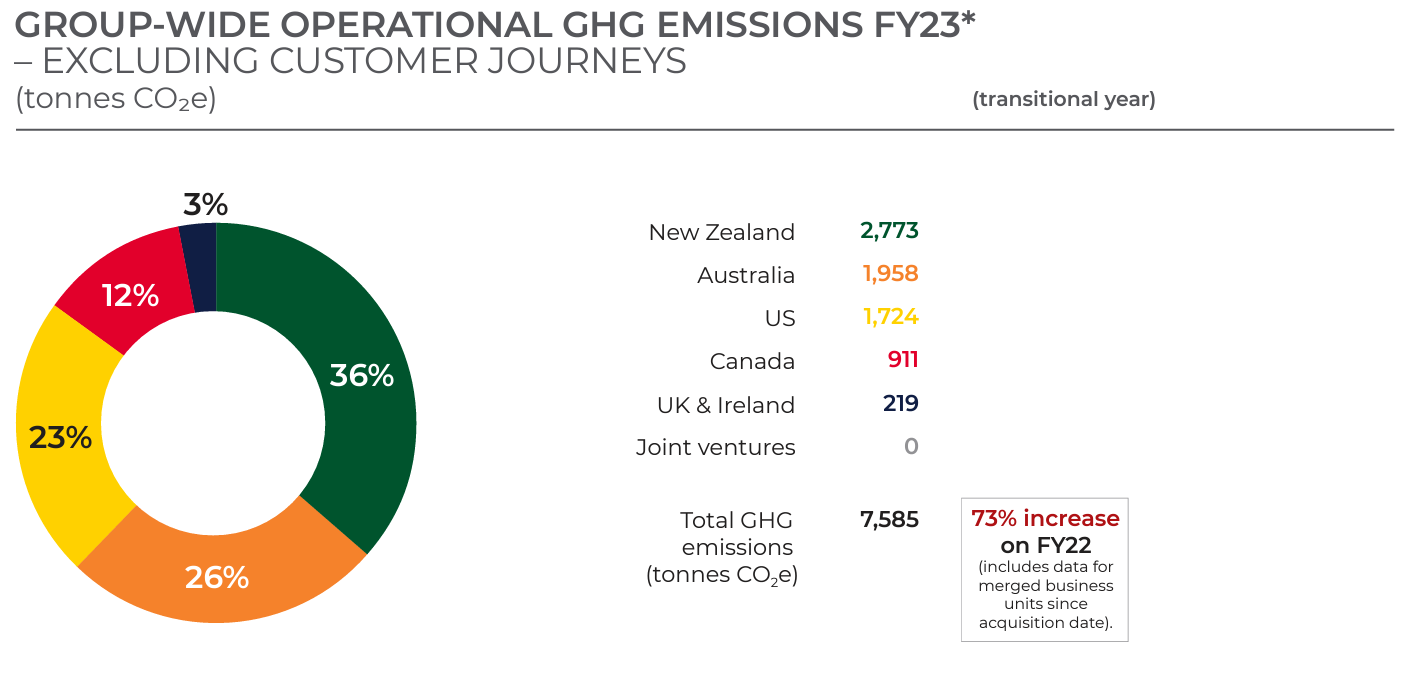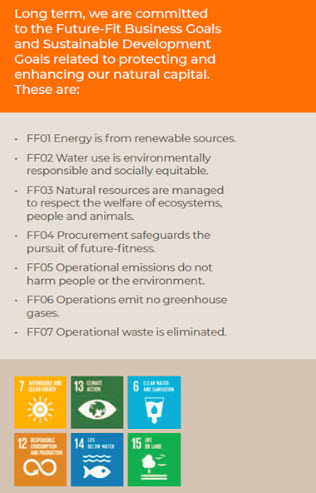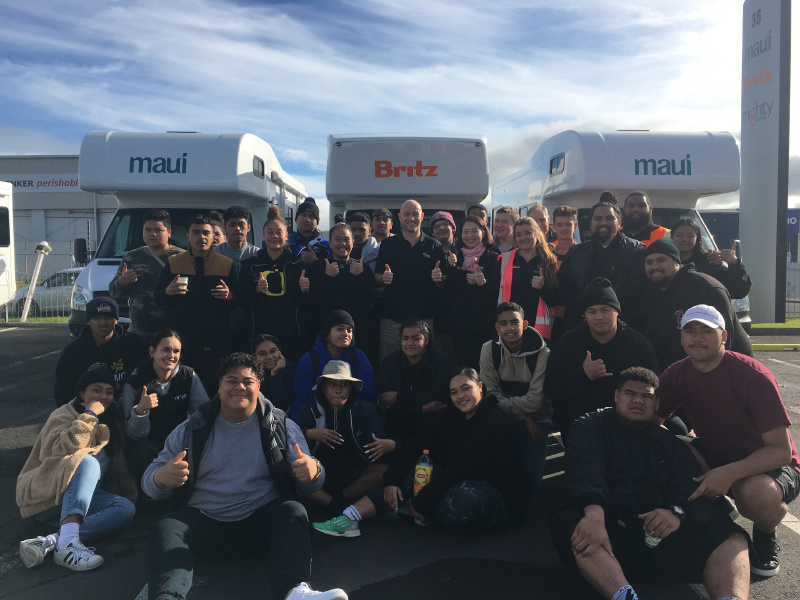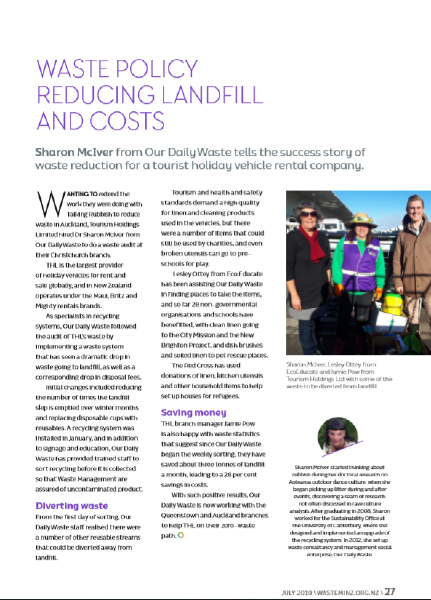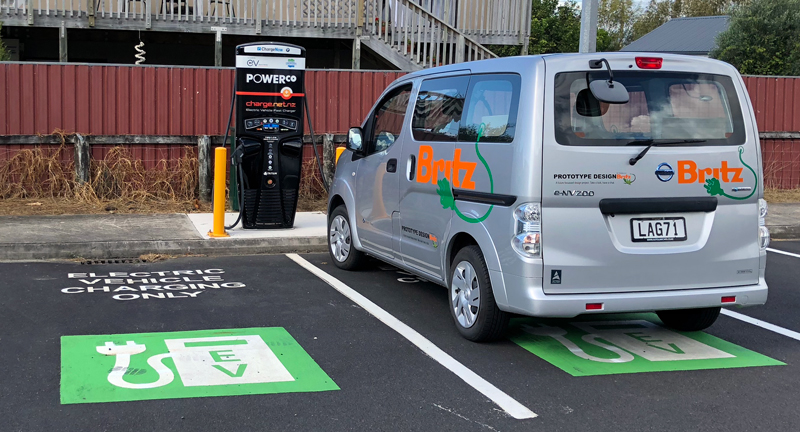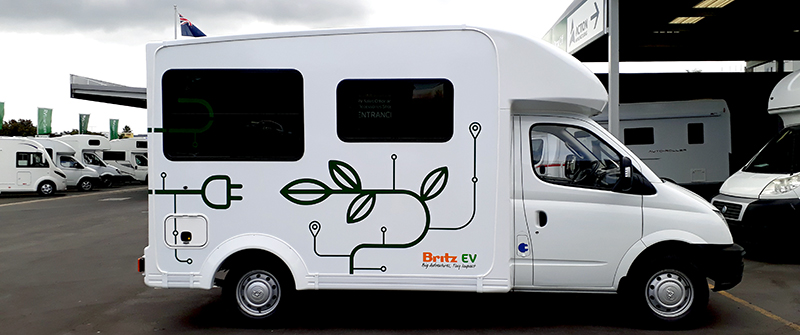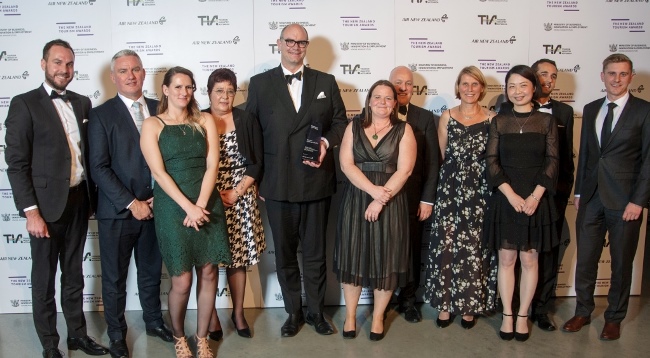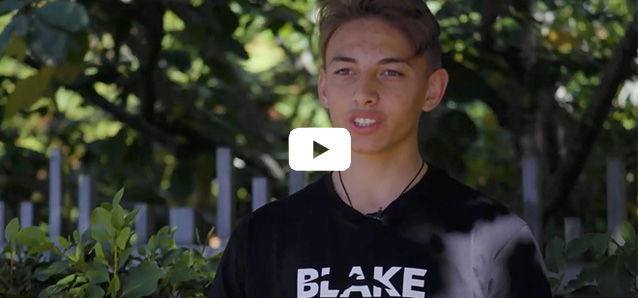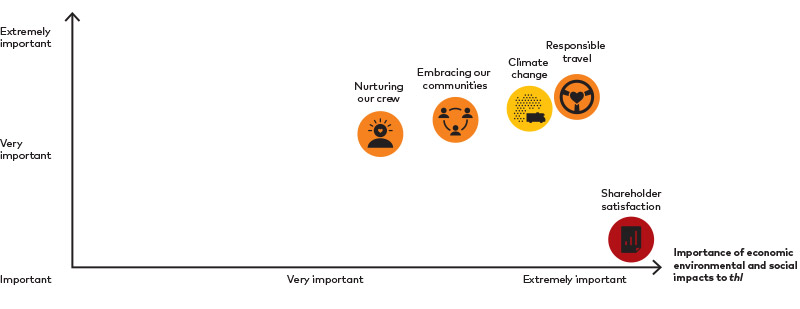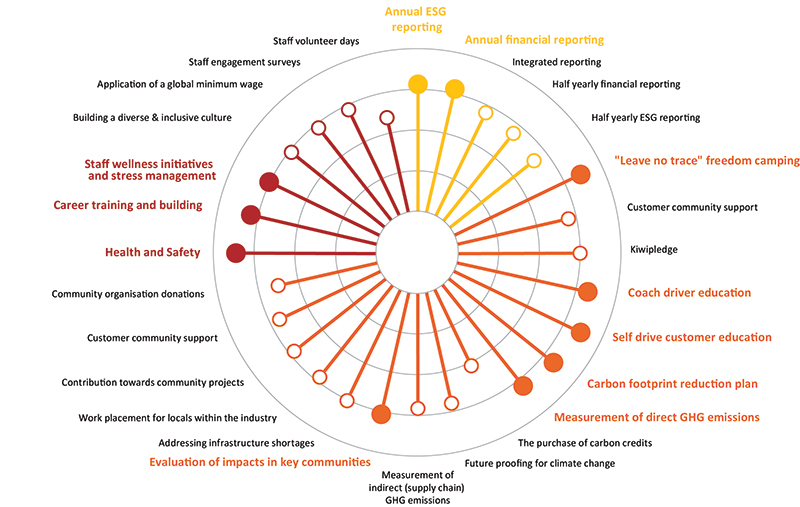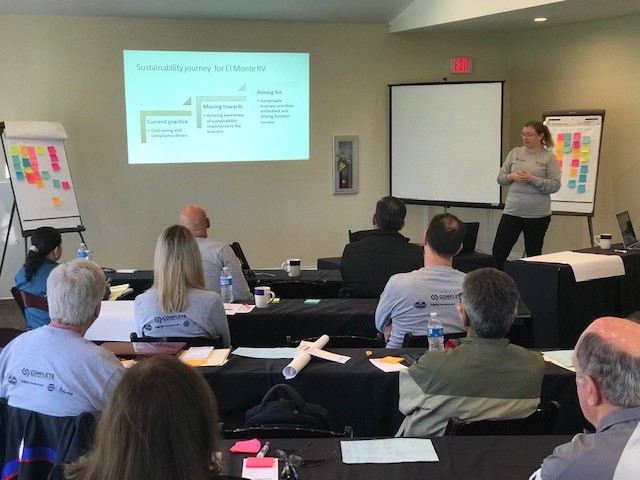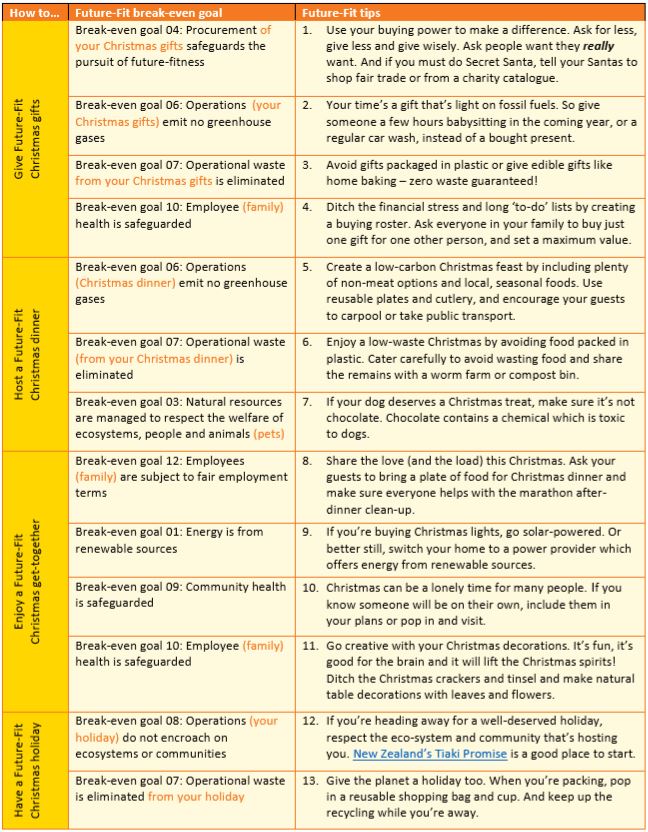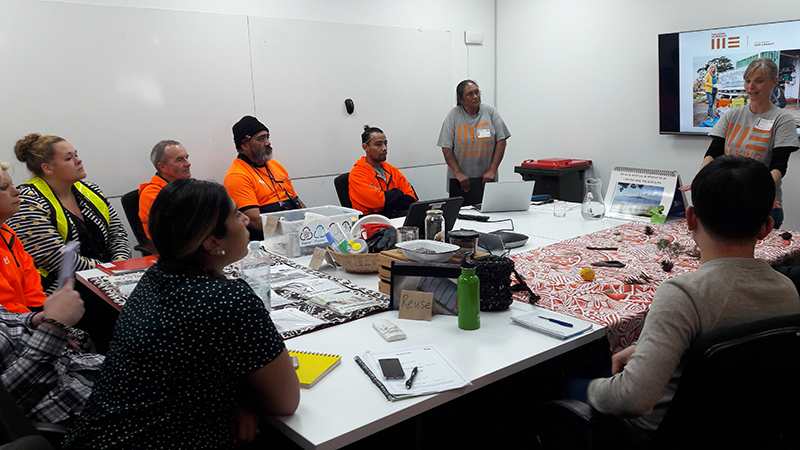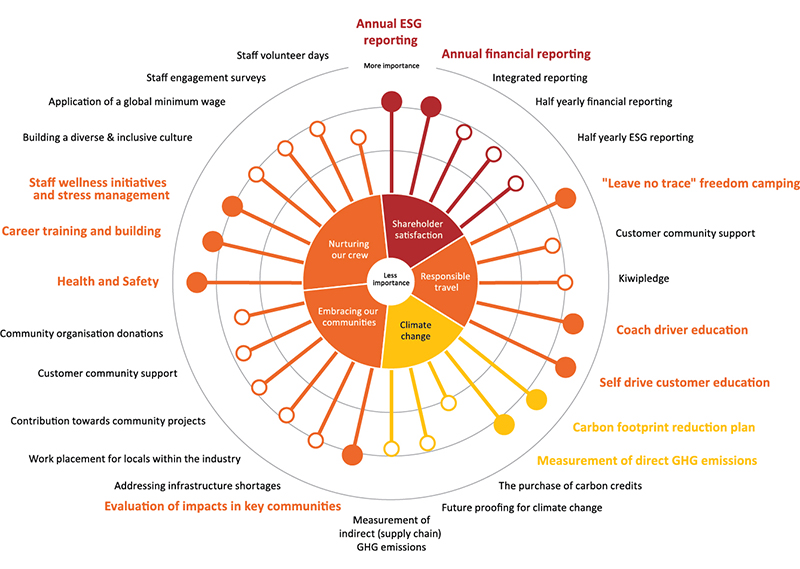Engaging your leaders in Future-Fit
A recent conference was an opportunity to engage 50 leaders from our thl US business with the Future-Fit Business Benchmark.
Our leaders support Future-Fit as the right thing to do at thl and came away uA recent conference was an opportunity to engage 50 leaders from our thl US business with the Future-Fit Business Benchmark.nderstanding more about what becoming a Future-fit business means.
They agreed that, while the Future-Fit benchmark appears complex, a framework like this is needed as the challenges we face are complex too. They thought that the 23 Future-Fit break-even goals made sense when viewed as a system, and provide a clear direction to build on the sustainability work underway in the US and identify areas where we need to do more.
Here we share our tips for running a workshop to help your leaders understand:
- what becoming Future-Fit means for society and business
- why it’s important
- the 23 Future-Fit break-even goals.
Recommended content for your Future-Fit workshop
Begin by explaining Future-Fit: a systems-based approach built on 30 years of science. Then introduce your team to the Benchmark using the goal prioritisation exercise from the Future-Fit Foundation’s ‘Workshop in a Box’ – great resources!
This exercise involves working through each Future-Fit goal to rate:
- how difficult it will be for the business to reach the goal
- how society will be affected if the goal is not reached
- the potential disruption risk to the business if the goal is not pursued.
Tips for running a Future-Fit workshop
1. Set the scene before the workshop. Explain what it means to be a Future-Fit Business in a Future-Fit Society, show the benefits for businesses and make it relevant. We gave managers pre-conference reading and introduced Future-Fit at earlier meetings.
2. Show a clear intent for the business. Provide a clear message from business leaders at the start of the session to explain why becoming a Future-Fit Business is important. We pre-recorded Saskia – our GM Responsible Management. She lives and breathes Future-Fit!
3. Set the business context. Over the last 12 months our US team has developed a sustainability program: action plans to save energy and water, tackle waste, lower emissions and contribute to local communities. Showing how these plans contribute to future-fitness was important (and encouraging) context. We mapped the projects to the Future-Fit goals and positive pursuits, and showed how the Benchmark provides a clear direction to aim for.
4. Preparation is key. Provide clear instructions and have a copy of each goal ready with the scoring matrix printed on it. This saves time and ensures a consistent approach between groups.
5. Group related goals. There’s a lot to get through, and working in smaller groups to review a set of goals will make things manageable. Think about how to group the goals and how to allocate them to relevant leaders. Then report back to the wider group so all 23 goals are covered. Here’s our allocation:
- Operations Goals 1, 2, 5, 6, 7, 8
- Products Goals 15, 16, 17, 18, 19
- People Goals 9, 10, 11, 12, 13, 14
- System/Drivers Goals 4, 19, 20, 21, 22, 23
6. Show the system. Create a matrix from the goal review. A visual representation of all 23 goals will help your leaders consider the spread of issues and challenges across the whole system.
7. Be ready for questions. As facilitator, make sure you’re familiar enough with Future-Fit to respond to questions. Your team will want to understand each goal in detail – potential impacts, how the assessments will be done, what data will be used.
